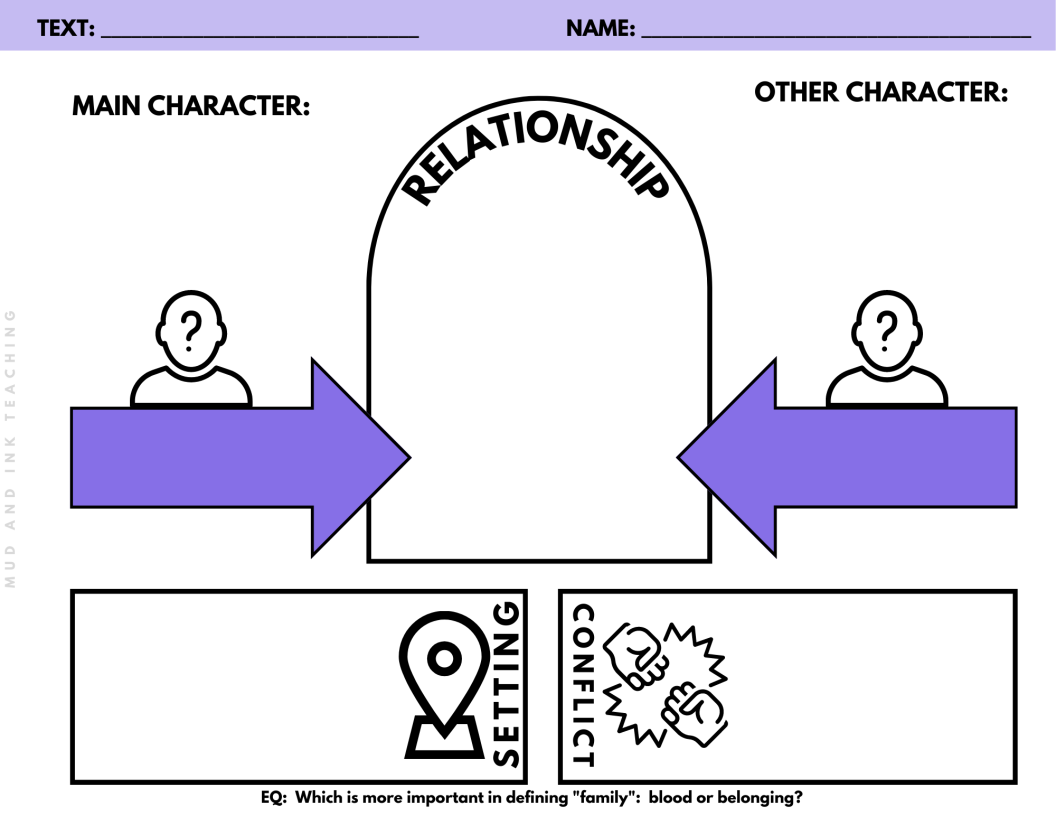
ADVENTUROUS TEACHING STARTS HERE.
55+ Books for Your Next American Dream Unit for High School ELA
One of my favorite units to teach is a unit that focuses on the American Dream. It’s the perfect way to hone in on complex characterization and the layers of complexity are widely accommodating for skill level. Whether you’re building the unit to teach as a whole class novel unit or as a literature circles unit, this book list is here to save you time and energy in narrowing down the search.
Teaching Short Story Units with a Modern, Contemporary Twist in Secondary ELA
If you’ve ever found yourself searching the internet for “contemporary short stories” or “modern short stories” because you’re tired of teaching the same classic stories over and over again, I have THE HACK to change everything for you!
Books for Your Next Unit on Relationships for Middle and High School ELA
One of my favorite units to teach is a unit that focuses on relationships. It’s the perfect way to hone in on complex characterization and the layers of complexity are widely accommodating for skill level. Whether you’re building the unit to teach as a whole class novel unit or as a literature circles unit, this book list is here to save you time and energy in narrowing down the search.





